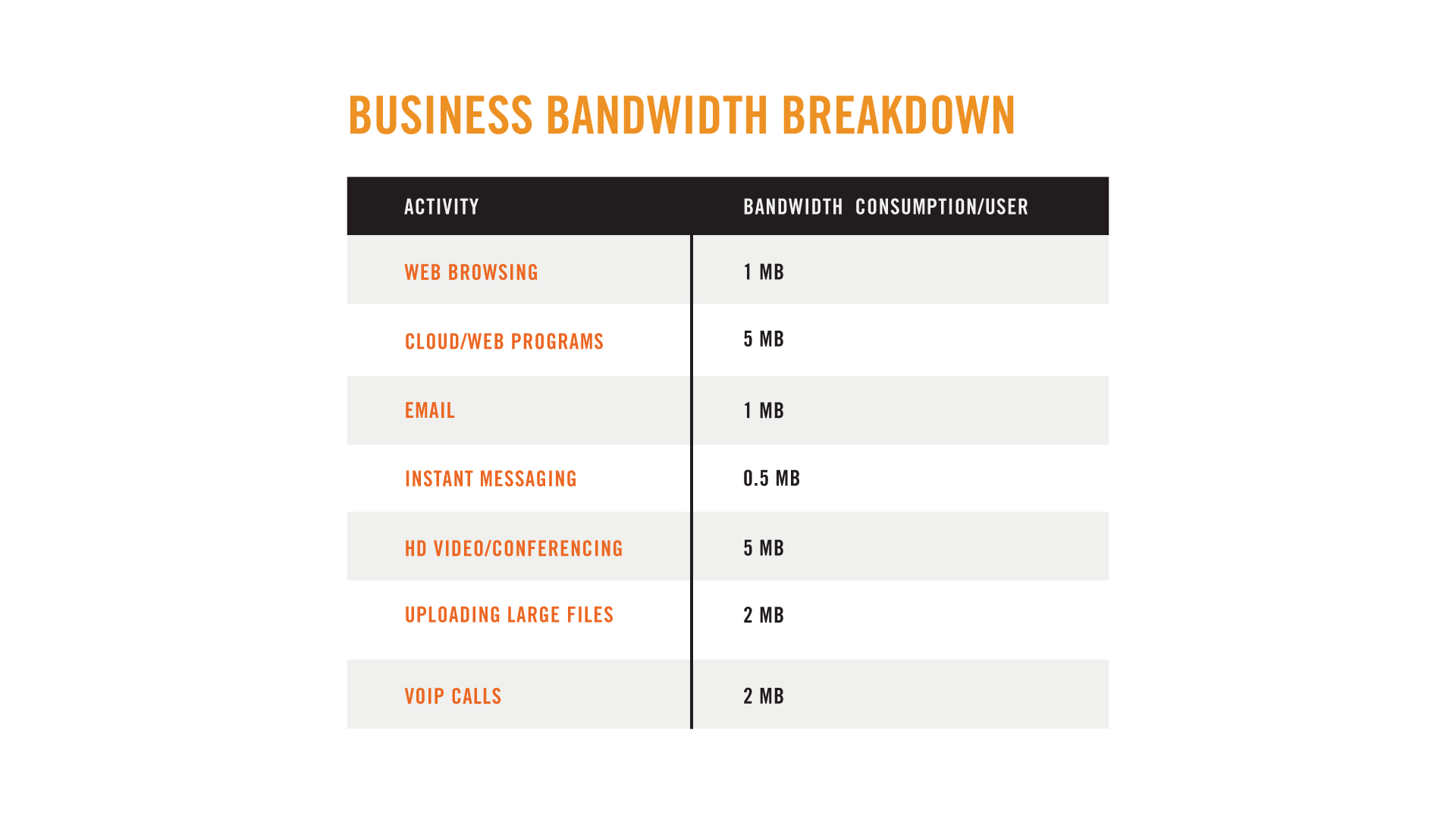
:max_bytes(150000):strip_icc()/bandwidth-speed-split-5adf1bd1c0647100371453ec.png)

LatencyĪlthough they’re often lumped together, bandwidth and latency are two sides of the same, important coin.
BANDWIDTH VS SPEED HOW TO
Understanding the difference between them (and how to resolve any issues) is the key to getting the best internet experience possible.

There are a variety of reasons you could be asking, “ Why is my internet slow?” - and bandwidth or latency problems could be the culprit. We’ll discuss the differences between the two, what pairing is best, and how to get it. Truth in advertising would have ISPs tout "high capacity" rather than "high speed" Internet connections.Summary: Latency and bandwidth are two components of internet speed, but high latency and low bandwidth can lead to a lot of frustrated moments spent resetting your internet. We suggest that the FCC and ISPs begin referring to bandwidth as capacity, and to define it is one of many factors that can contribute to a faster user experience. It is unhelpful, confusing, and (may we be so bold as to suggest) just plain wrong to use bandwidth and speed interchangeably. Today's typical web pages often require more than 100 AppTurns to load. Note that the AppTurn-RTT product is the most important factor affecting response time and your broadband ISP has absolutely no control over it. This is determined by physics, which we'll call 'Mother Nature' for this discussion.Ĭc (Compute Client) is the total processing time (in seconds) required by the client device.Ĭs (Compute Server) is the total processing time (seconds) required by the server(s). RTT is the round-trip-time (in seconds) between the user and the application server. They do not include two-way TCP interactions (e.g., ACKs). Turns are determined by those who program an application or website.
BANDWIDTH VS SPEED SOFTWARE
Useable link bandwidth may be reduced by congestion and protocol inefficiency (e.g., small TCP window size).ĪppTurns are the application client-server software interactions (turn count) needed to generate a user-level system response or task. The slowest link is typically the user's access line to the Internet. It is determined by the application or website developer.īandwidth is the minimum capacity (in bits per second) across all network links between the user and the application server. Payload is information content (in bytes x 8 or bits) that must be delivered to/from the user's device. The aggregation of these individual task completion times defines application "responsiveness" perceived by the user. Some call this "user wait time" - or in the case of the Web, "page load time" (PLT). requiring a server response, to the moment the user receives the response and can proceed. Task time is measured from the time the user enters an application query, command, function, etc. A task is each user interaction with the application during a session or process. Task response time ( R) is the most useful measure of the speed of a user's experience. Your ISP is responsible for just one factor, and it is not among the mathematically most important factors that affect the user's experience. You can see who/what is responsible for each factor in this "speed" equation. Here is a simple equation we developed to explain this. speed).Īs we mentioned in last week's posting, the correct way to refer to the bandwidth is as capacity, NOT speed. In fact, bandwidth is but one of a half dozen factors that affect user response time (a.k.a. This misleads consumers into assuming that a higher bandwidth connection will automatically deliver a faster user experience. ISPs claim to deliver blazing speeds if you buy their highest bandwidth services. ISPs and the FCC use the terms 'bandwidth' and 'speed' interchangeably, and they shouldn't.


 0 kommentar(er)
0 kommentar(er)
